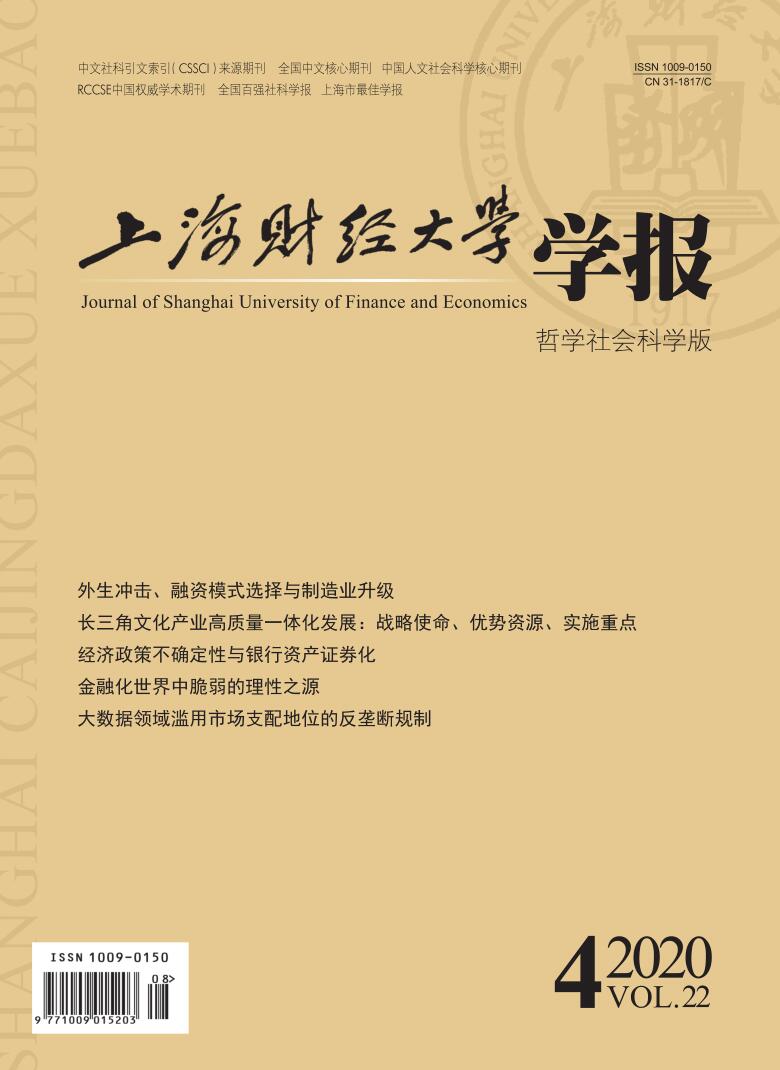Recently, the reform of “replacing business tax with VAT” has been an important means for the Chinese government to promote economic growth. It has had a profound impact on the service industry’s tax burden, social welfare and local fiscal revenue. However, the ultimate goal of this reform is not simply to reduce taxes, but to promote China’s transformation and upgrading by promoting the division of labor among industries. The research on the impact of replacing business tax with VAT has been concentrated on the service industry, while fewer studies have analyzed its impact on manufacturing enterprises. Theoretically, “replacing business tax with VAT” can promote the development of the service industry by encouraging specialization and innovation, thereby providing new information and knowledge flow to the manufacturing industry, and promoting the manufacturing industry to increase R&D, procurement, marketing and other links to help it achieve a higher value chain. On the other hand, the manufacturing industry is also a net beneficiary of this reform. After the reform, the VAT input tax amount of its outsourcing services has changed from non-deductible to deductible, and the tax burden has been reduced, which will also stimulate the transformation and upgrading of manufacturing enterprises. Which path matters more? This paper takes the A-share manufacturing enterprises in Shanghai and Shenzhen stock markets from 2009 to 2015 as the object, and tests the influence and mechanism of the replacing business tax with VAT on the transformation and upgrading of manufacturing enterprises. It finds that the reform promotes manufacturing enterprises’ transformation and upgrading, and its effect can last at least two years. The concentration of regional producer service industry plays a significant intermediary effect in promoting manufacturing upgrading, while the influence of turnover tax burden reduction is limited. The reform obviously promotes the upgrading of private manufacturing enterprises and districts of higher institutional pressure, instead of state-owned enterprises and districts of lower institutional pressure. The research in this paper shows that the reform’s influence is not limited to the service industry. What is more significant is that it will promote the transformation and upgrading of traditional kinetic energy(manufacturing industry)by cultivating new kinetic energy in the service industry. The latter will then provide a more solid market demand for the service industry, and eventually achieve the conversion of old and original kinetic energy. This paper reveals the impact and mechanism of the reform of replacing business tax with VAT on manufacturing upgrading. Its conclusions have important policy implications for current tax reduction and industrial upgrading policies.
 / Journals / Journal of Shanghai University of Finance and Economics
/ Journals / Journal of Shanghai University of Finance and EconomicsJournal of Shanghai University of Finance and Economics
LiuYuanchun, Editor-in-Chief
ZhengChunrong, Vice Executive Editor-in-Chief
GuoChanglin YanJinqiang WangWenbin WuWenfang, Vice Editor-in-Chief
Reform of Replacing Business Tax with VAT, Industrial Interconnection and Manufacturing Upgrading: Based on the Mechanism Test of Tax Reduction and Producer Service Industry Agglomeration
Journal of Shanghai University of Finance and Economics Vol. 22, Issue 04, pp. 18 - 31 (2020) DOI:10.16538/j.cnki.jsufe.2020.04.002
Summary
References
Summary
Cite this article
Ni Tingting, Wang Yuetang, Wang Shuai. Reform of Replacing Business Tax with VAT, Industrial Interconnection and Manufacturing Upgrading: Based on the Mechanism Test of Tax Reduction and Producer Service Industry Agglomeration[J]. Journal of Shanghai University of Finance and Economics, 2020, 22(4): 18-31.
Export Citations as:
For
Previous: 本期导读
ISSUE COVER
RELATED ARTICLES




 6603
6603  753
753

